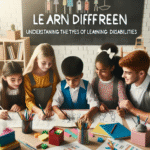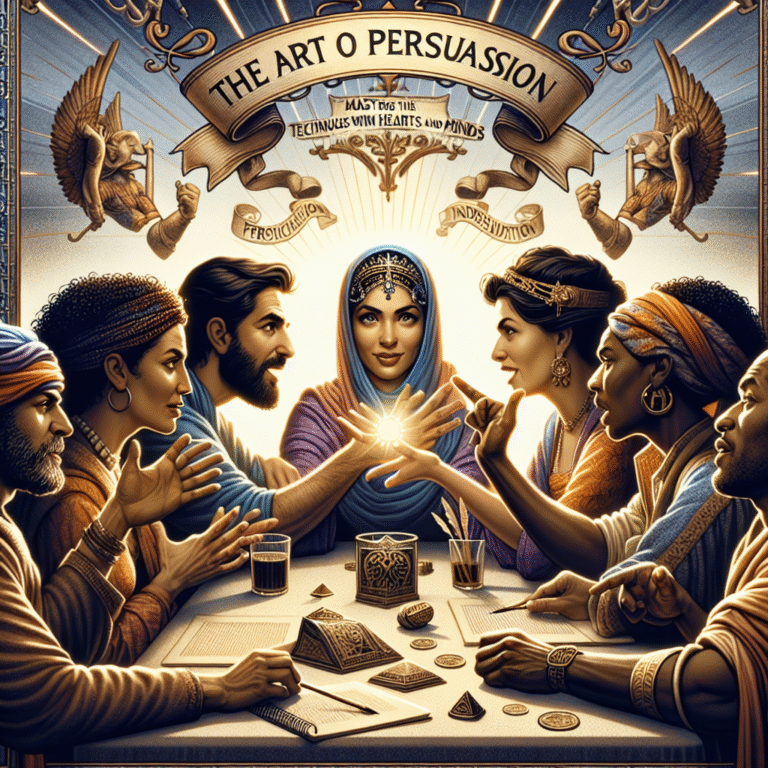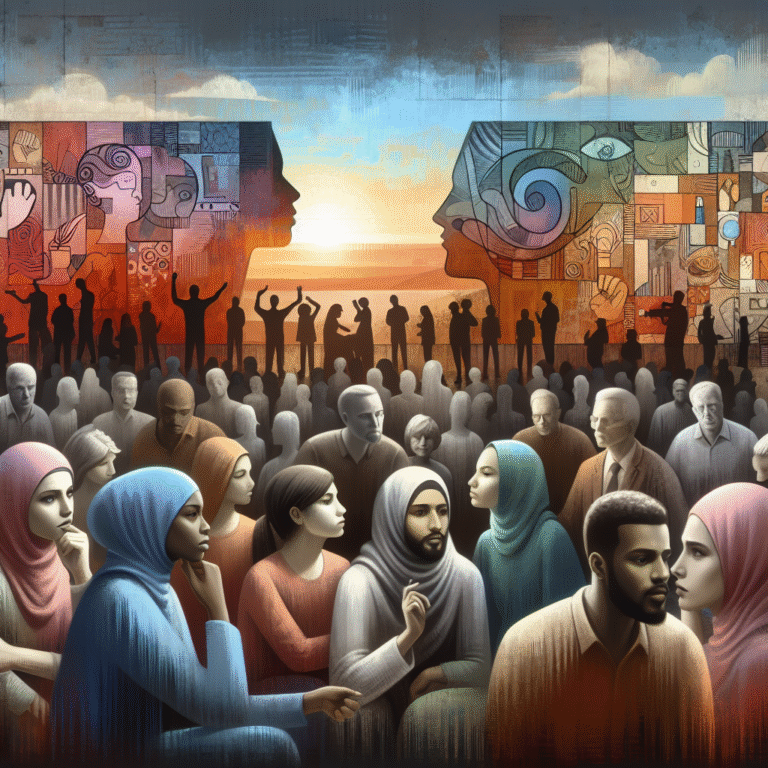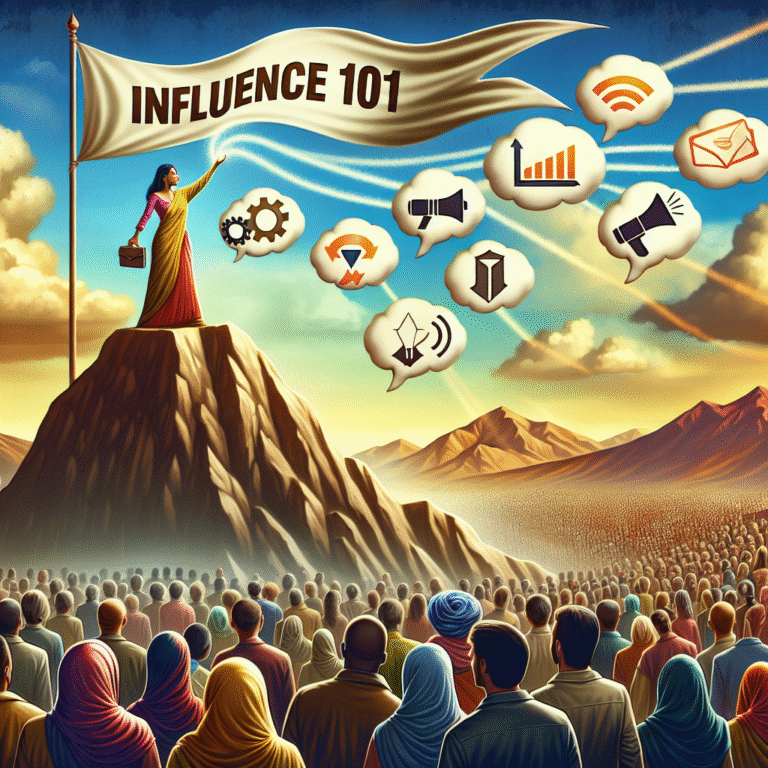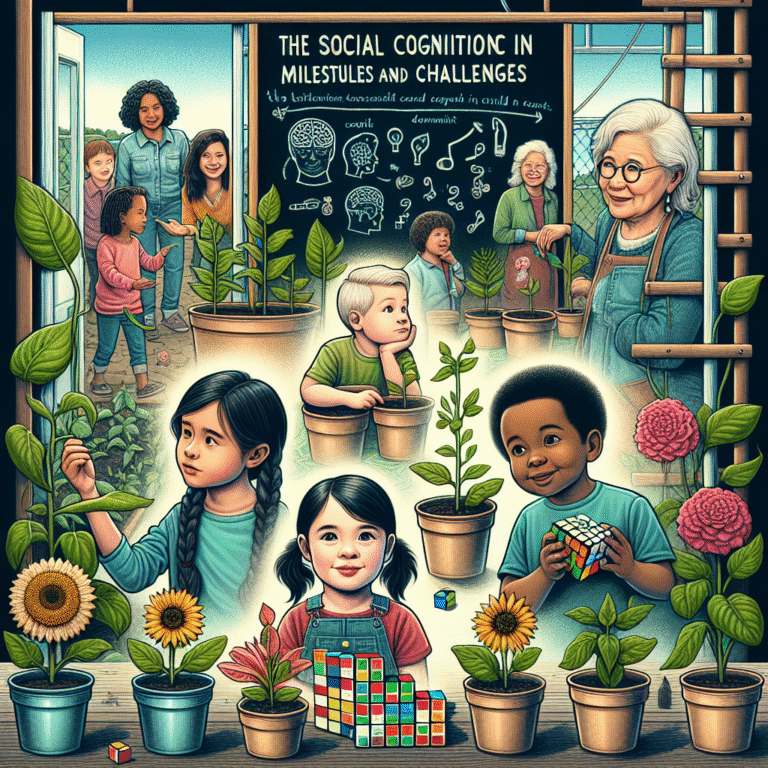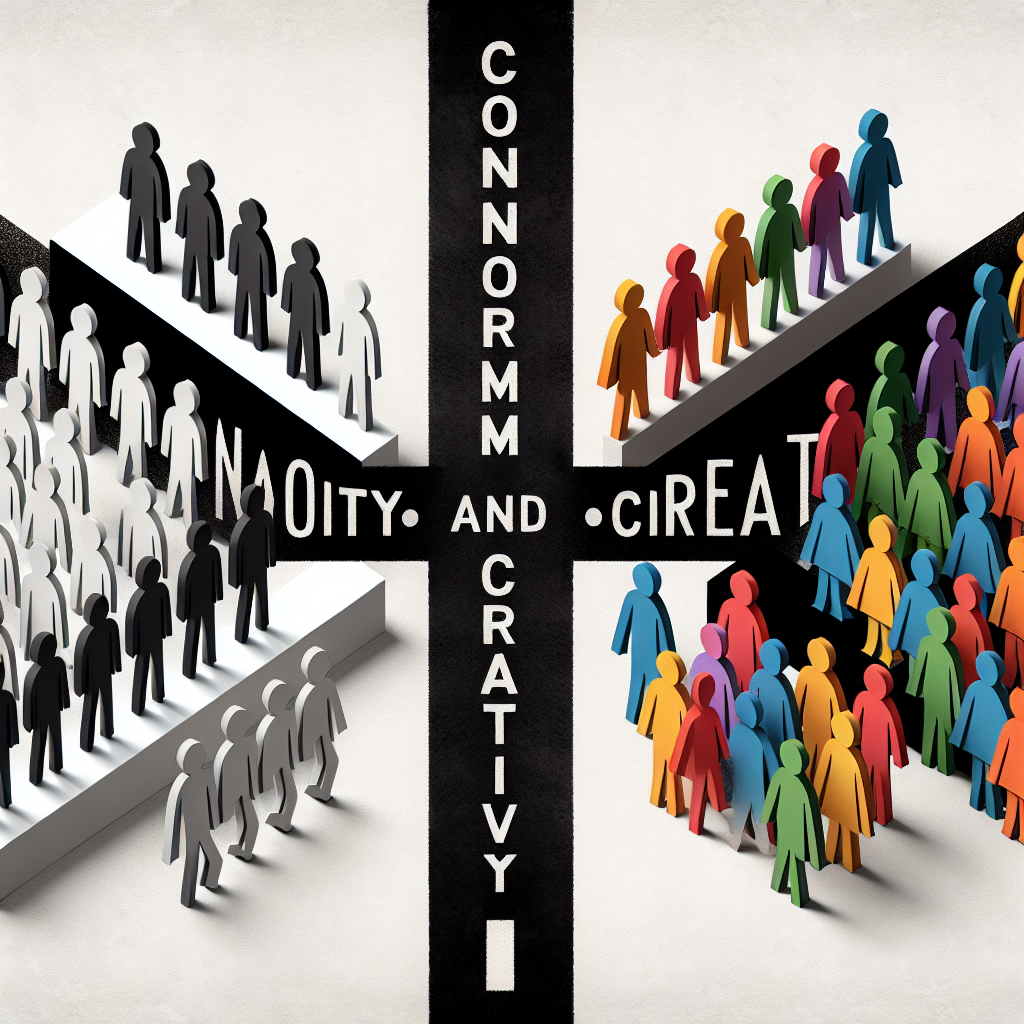
Introduction
In a world increasingly shaped by rapid technological advancements and cultural shifts, the tension between conformity and creativity has never been more relevant. Organizations encourage conformity to drive efficiencies and standardize practices. However, creativity remains the lifeblood of innovation, responding to changing consumer demands and fostering fresh ideas. This tension poses a critical question: Conformity and Creativity: Can They Coexist? The answer is essential for businesses, educators, and individuals alike. As we delve into this topic, we will explore the complex relationship between these two forces, examine compelling case studies, and propose strategies to harmonize them.
Understanding Conformity and Creativity
What is Conformity?
Conformity refers to the act of aligning attitudes, beliefs, and behaviors to match those of a group or societal norms. While often perceived negatively, conformity can foster a sense of belonging and structure. It enables organizations to function efficiently, reducing uncertainty and conflict. The downside, however, is the potential stifling of individuality and creativity.
What is Creativity?
Creativity, on the other hand, is the ability to produce original ideas and innovative solutions. It’s inherently disruptive and thrives on diversity, exploration, and risk-taking. In business, creativity can lead to breakthroughs that transform industries. For instance, companies like Apple have built their brands on a foundation of creativity, constantly pushing boundaries in product design and user experience.
The Dichotomy: Are Conformity and Creativity Opposed?
At first glance, conformity and creativity seem to exist in opposition. Conformity encourages adherence to established norms, while creativity thrives on bending or breaking those very norms. Yet, this relationship may be more nuanced than it appears.
The Case for Collaboration
Recent studies indicate that conformity is not merely an obstacle to creativity, but can, in fact, serve as a catalyst for it. When a certain level of conformity is established within a group, it can create a supportive environment where individuals feel safe to explore their creativity.
The Psychology Behind Conformity and Creativity
Social Psychology Insights
Social psychologists have long studied conformity’s impacts on group dynamics. Studies, such as Soloman Asch’s conformity experiments, reveal that individuals are often willing to conform to group opinions, even when they contradict personal beliefs. However, the introduction of creative thinking can lead to divergent viewpoints that enrich discussions, ultimately benefiting the group as a whole.
The Role of Fear and Risk
Fear of inadequacy or rejection can lead individuals to conform rather than express their creative ideas. Conversely, overcoming this fear and fostering a culture that celebrates diversity in thought can encourage creativity. This contradiction is key to understanding how Conformity and Creativity: Can They Coexist?
Case Studies: Conformity Fuels Creativity
1. Google’s 20% Time
Overview:
Google implemented a policy allowing employees to dedicate 20% of their workweek to independent projects. While this initiative deviates from standard work protocols—representing a form of creative divergence— it is grounded in the company’s culture, which emphasizes conformity to collective goals.
Analysis:
This balance between conformity to the organization’s mission and the freedom to explore individual passions fosters an environment conducive to innovation. Notable products like Gmail and AdSense emerged from this initiative, proving that Conformity and Creativity: Can They Coexist? Yes, they can—when policy supports personal exploration.
2. Toyota’s Lean Manufacturing
Overview:
Toyota’s lean manufacturing model emphasizes conformity to efficient production processes while also encouraging continuous improvement through creativity. Employees are trained to identify inefficiencies and suggest improvements.
Analysis:
In this case, conformity does not stifle creativity; instead, it channels it toward practical solutions that enhance productivity and efficiency. This interplay exemplifies how established frameworks can support creative problem-solving.
3. IDEO’s Design Thinking
Overview:
IDEO, a global design company, developed the concept of design thinking, which integrates brainstorming sessions (highly creative) with structured methodologies (conformity-driven).
Analysis:
This fusion allows teams to generate innovative solutions while aligning with client objectives. It demonstrates that Conformity and Creativity: Can They Coexist? through structured creativity that thrives on collaboration.
Strategies for Harmonizing Conformity and Creativity
Create a Conduction Sphere
Definition:
Establish a boundary within which creative experimentation can occur. By allowing deviations from the norm within defined limits, individuals feel empowered to innovate without fear of complete chaos.
Implementation:
Organizations should set guidelines for innovation projects but allow creativity to flourish within those constraints.
Encourage Diverse Workgroups
Diversity brings varied perspectives, enriching creative ideas. Mix teams around projects to include diverse skill sets and backgrounds, thus creating a fertile ground for creativity to blossom while maintaining a degree of conformity to team objectives.
Foster a Culture of Feedback
Create an environment where feedback is actively sought and valued. Concatenating creative ideas with constructive criticism allows organizations to refine innovations without undermining the original concept.
The Impact of Technology
The Role of AI and Automation
AI is fostering conformity in ways previously unimaginable. Algorithms dictate trends, color palettes, and even emotional responses, which can influence creative processes. However, AI can also support creative endeavors through tools that automate mundane tasks, allowing more time for innovative thinking.
Balancing Digitization and Human Creativity
As workplaces digitize, striking a balance between automated processes and human creativity becomes essential. Organizations must cultivate environments where algorithms serve as assistants rather than replacements, enabling creative thinking to coexist with standardized practices.
Conclusion
The exploration of whether Conformity and Creativity: Can They Coexist? reveals that the answer is a resounding yes. By understanding the nuanced relationship between these two forces, organizations can foster environments that promote both structured efficiency and innovative freedom. The key lies in cultivating cultures that embrace conformity while simultaneously nurturing creativity.
As you reflect on your personal or organizational goals, consider how you can create an environment where these two elements coexist harmoniously. Empower your teams to innovate within guidelines, embrace diversity, and celebrate both conformity and creativity.
FAQs
1. How does conformity impact creativity?
Conformity can restrict creativity if it stifles individual expression. However, a structured environment can also create a foundation for creative exploration.
2. What role does fear play in creativity?
Fear of failure or rejection can inhibit creative expression. Overcoming this fear is essential for fostering an environment in which creativity can thrive.
3. Can creativity be measured?
While creativity isn’t easily quantifiable, innovation metrics, such as the number of new ideas generated, patents filed, or market impact, can provide insights.
4. How can organizations foster creativity?
Encouraging collaboration, offering time for independent projects, and establishing feedback loops can enhance creative problem-solving.
5. What is a ‘safe space’ for creativity?
A ‘safe space’ for creativity allows individuals to share ideas without fear of criticism. Creating such spaces nurtures both conformity to a mission and individual creativity.
In this article, we explored the complex yet intriguing relationship between conformity and creativity, encouraging you to reimagine the potential of blending these two forces. By employing strategic frameworks and fostering open atmospheres, we can pave the way for unprecedented innovation. The journey towards harmonizing conformity and creativity begins with a commitment to understanding and embracing both.
